By Stephen Herron, Senior Digital Marketing Manager, Playhouse Square
The worlds of literature, film, and folklore have given us some of the most iconic and enduring figures: mummies, Dracula, and Frankenstein's monster. Indeed, along with Wolfman, this is the "classic" line up of cinematic and theatrical monsters. They have haunted our nightmares , screens and stages, and the historical realities behind them are just as interesting.
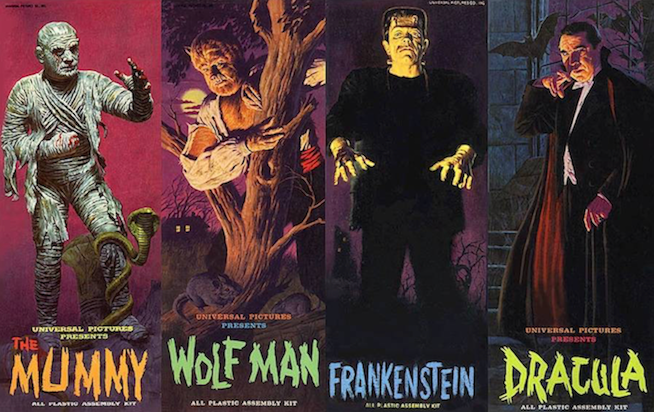
The Fab Four of Horror: Hollywood Horror Musuem
MUMMIES
The "classic" image of bandaged-wrapped mummies trace back to the ancient Egyptian practice of preserving the deceased. These carefully wrapped corpses were placed in tombs, with the belief that the soul would need its body in the afterlife. The process was carried our with great reverence and respect for the deceased. Over time, the exoticism and mystery of this ancient ritual captivated Western imagination. The late 19th and early 20th centuries saw an explosion of Egyptomania in Europe, and mummies began to feature prominently in horror stories and films.
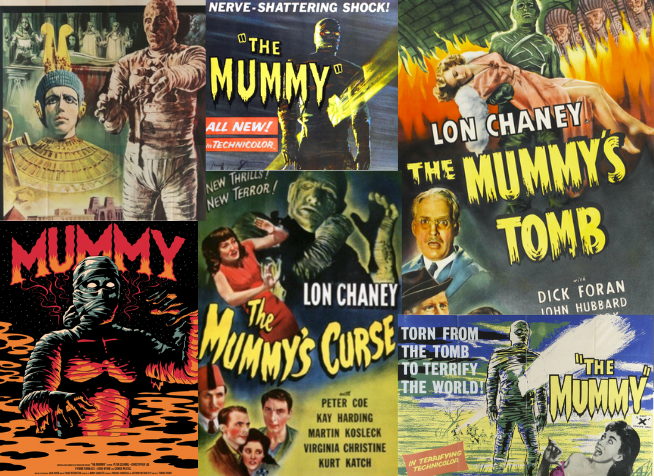
Classic Mummies Movie Posters: IMDB
The Hollywood image of mummies as lumbering, cursed figures seeking revenge is a far cry from their religious and cultural significance in ancient Egypt, but it stems from the West's enduring fascination with the unknown and the allure of ancient civilizations.
To learn more, visit Playhouse Square's "MUMMIES OF THE WORLD" Exhibit (currently running at The Corner Gallery at E. 13th and Euclid) which features a collection of both intentionally and naturally preserved mummies, with scientific and historical background for each exhibit, and provides fascinating insights into the ancient practice. The exhibition is open Thursdays through Sundays.
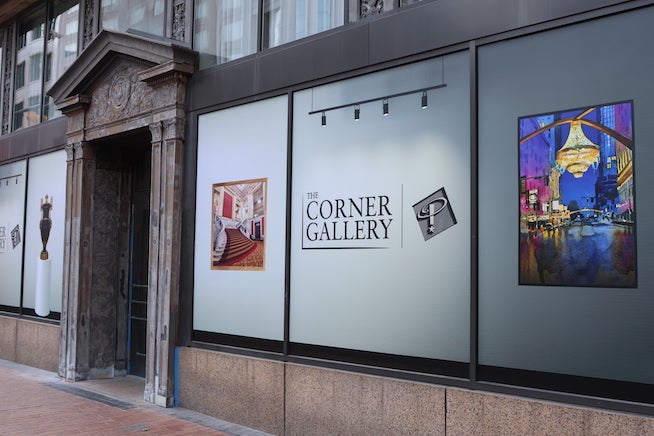
Mummies of the World: The Exhibition
DRACULA
Blood has a powerful symbolic meaning throughout most cultures and belief-systems, and so it's little surprise that vampires have an extensive presence in human metaphor and mythology. There are many variations on the idea of a "blood sucking" creature that appears human, in cultures all over the world, throughout history.
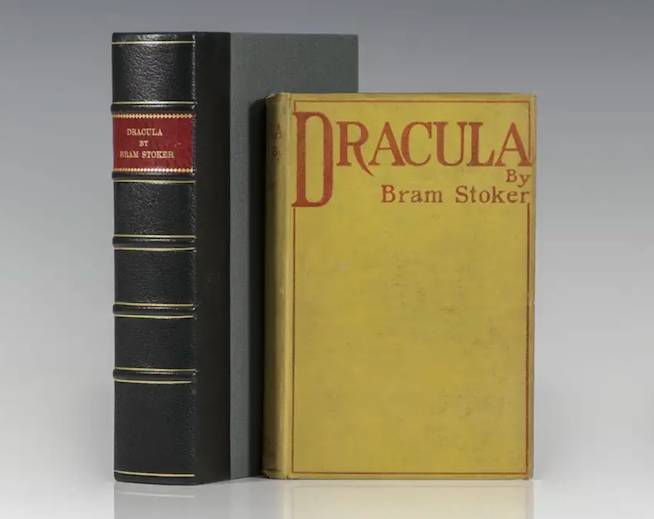
Bram Stoker's Dracula 1st Edition: Raptis Rare Books
The most infamous vampire of all, Count Dracula, has his roots in historical fact. He was inspired by the 15th-century Romanian prince Vlad III, known as Vlad the Impaler, notorious for his brutal methods of punishing his enemies. Bram Stoker's 1897 novel "Dracula" immortalized this historical figure as a blood-sucking vampire, creating a blueprint for countless vampire tales to come. While the real Vlad had no vampiric tendencies, Stoker's novel synthesized Eastern European folklore, considered dark and mysterious by Western Europeans and Americans, with historical fact to produce a character that has become the archetype for the modern vampire.
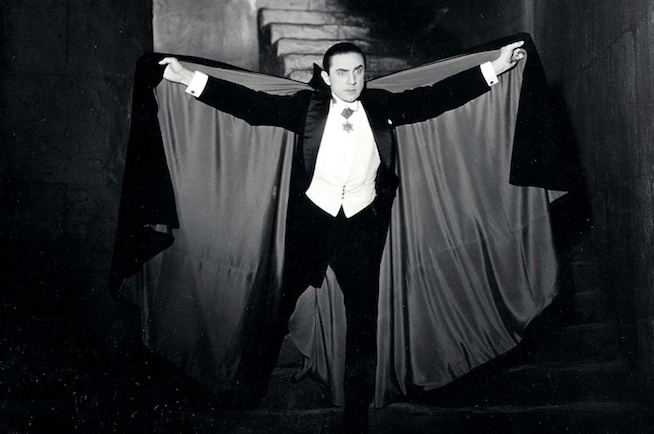
Bela Lugosi as Dracula: The Hollywood Reporter
It's also interesting to note that the first adaptations of Stoker's novel appeared on stage long before cinema screens. Bela Lugosi, the most famous portrayer of the Count, played the character on stage, with a dramatization that opened at the Fulton Theatre on Broadway in 1927, four years before his portrayal on the silver screen.
While vampires might be terrifying monsters, some of the tropes and stereotypes involved with Dracula specifically, lend themselves to darkly humorous takes on the character. Great Lakes Theater's production of "DRACULA: THE BLOODY TRUTH" by Le Navet Bete and John Nicholson provides a witty and wild take on Stoker's story. The show runs from October 20 to November 5 at the Hanna Theatre.
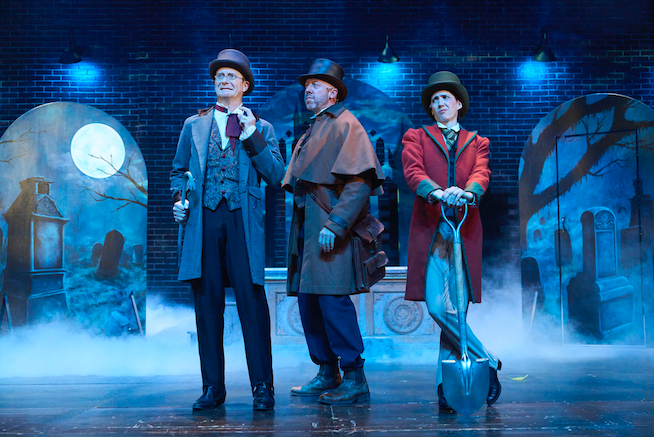
Dracula: The Bloody Truth: Great Lakes Theater Company
FRANKENSTEIN
Mary Shelley's "Frankenstein; or, The Modern Prometheus" is a work of fiction, but its inspiration draws heavily from the scientific endeavors of its time. The early 19th century was a period of significant scientific discovery, and debates about the boundaries of life and the power of man to play God were rife. Shelley's tale of Dr. Victor Frankenstein and his ill-fated monster is a cautionary tale about the dangers of unchecked ambition and the responsibilities that come with creation. The monster, often mistakenly referred to as Frankenstein but unnamed in the novel, stands as a symbol of the unintended consequences of man's interference with nature. Modern depictions of the monster vary, but rarely match the intelligent, well-spoken yet confused creation that only wishes to make sense of its place in the world.
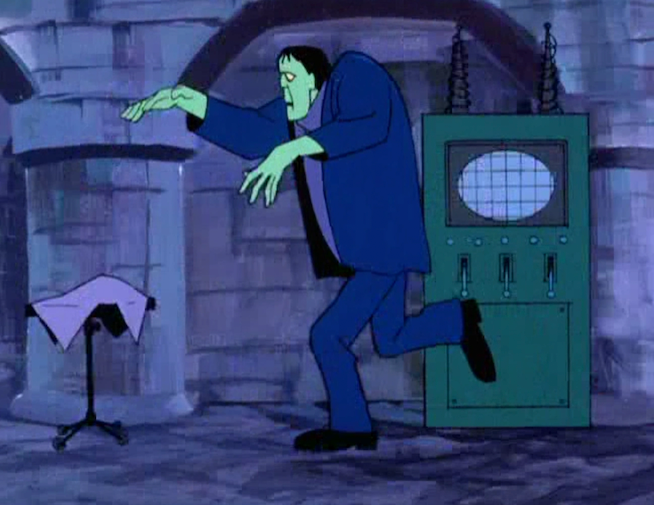
A Gaggle of Galloping Ghosts: Scooby-Doo!
It's possible that Mary Shelley wrote the novel as a way of processing the passing of her first child, whom she would sometimes dream of as having come back to life much in the same way as the titular Doctor's creation.
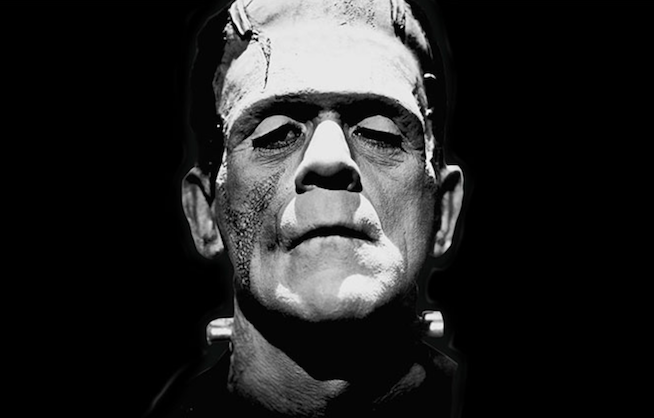
Frankenstein: Alamy
Regardless, the cultural impact of this narrative is evident in its adaptations and references across media and its continued relevance in discussions about scientific ethics.
One adaptation, "MARY SHELLEY'S FRANKENSTEIN," presented by Cleveland Play House at the Outcalt Theatre (October 21 to November 12) tells not only the story presented in the novel, but provides insight into the writing of the story itself.
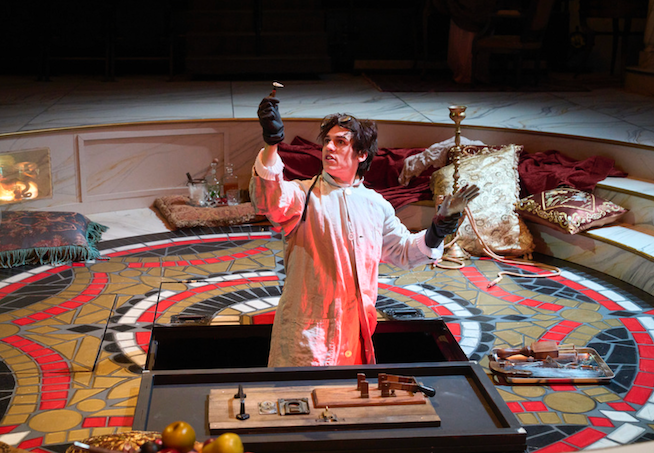
Mary Shelley's Frankenstein: Cleveland Playhouse
While mummies, Dracula, and Frankenstein's monster have taken on lives of their own in the world of fiction, their origins are deeply rooted in historical, cultural, personal, and scientific realities. These figures, through their fictional depictions, serve as windows into the periods from which they emerged, reflecting societal fears, fascinations, and debates of their respective times.
Celebrate the season at Playhouse Square with three unmissable events; Mummies of the World: The Exhibition, Dracula: The Bloody Truth and Mary Shelley's Frankenstein. For tickets visit playhousesquare.org